Lesson 1: There was a "My Lai" in the middle of Dien Bien Phu
The statue of a Thai woman holding her child who died from enemy bombs, in immense pain, at the Noong Nhai Concentration Camp Relic, Thanh Xuong Commune, Dien Bien District (also known by the familiar name "Noong Nhai Hatred"), is forever a reminder to everyone of the crimes of the invaders. So that future generations will always cherish the value of peace and national independence...
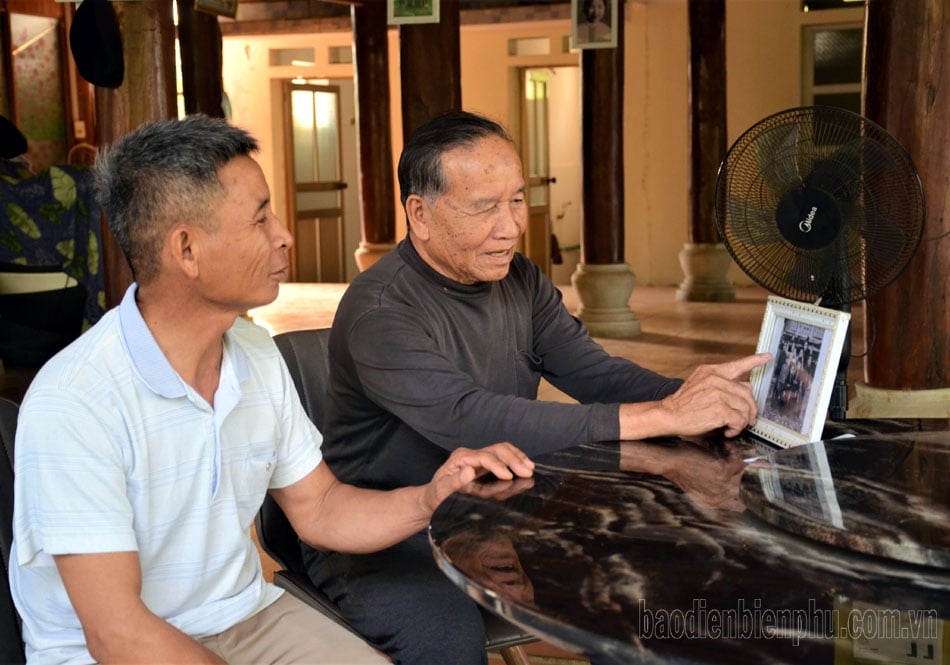
The enemy occupied and forced the people into misery.
In the 1952 Northwest Campaign, Lai Chau (including Lai Chau and Dien Bien today) was liberated. The people of the province's ethnic groups had lived under the new regime for just one year, when on November 20, 1953, French troops parachuted down to occupy Dien Bien Phu. At that time, Mr. Lo Van Hac, from Noong Nhai village, was 14 years old, bewildered and scared by the strange scene - dozens of airplanes making loud noises, and a crowd of strangers jumping "from the sky" into the village.
Mr. Hac recounted: “That day, my parents were not at home when they went to work. I saw the sky filled with people jumping down from parachutes, but I didn’t know what was happening. I heard shouts of French soldiers, French soldiers. I was so scared that I didn’t know what to do. At that moment, I quickly carried one of my younger siblings on my back, held the other by the hand, ran upstairs, closed all the doors, and hid inside.”
That day, 60 Dakota planes took off in groups, flying in a 10km long line, dropping nearly 3,000 paratroopers into the Muong Thanh basin, occupying Dien Bien Phu. Within just 10 days, the French dropped thousands of more parachutes with all kinds of weapons and vehicles, supplying the Dien Bien Phu battlefield. They also brazenly demolished houses, looted, and killed people. Many local people were frightened and fled to Laos, some fled to our liberated areas, but most of them were women, children and the elderly, who were herded by the French army into 4 concentration camps, under the close supervision of military posts. Including: Noong Bua concentration camp, Pa Luong camp, Co My camp and Noong Nhai camp.
Noong Nhai concentration camp included people from Thanh Xuong, Thanh An, Noong Het, Sam Mun and Noong Luong communes, managed by Hong Cum station. The camp stretched from Pom La village to Noong Nhai village, Thanh Xuong commune, Dien Bien district today. The entire camp covered an area of less than 10 hectares and had over 3,000 people. The people's accommodation was in bamboo huts, thatched with straw, cramped and unsanitary.
Therefore, the people suffered, lacking food, clothing, and medicine. Here, the people not only lacked, were isolated from the Viet Minh troops, and became cannon fodder for the French soldiers, but also had to do hard labor. Men and teenagers were forced by the French to demolish houses, cut down trees, build trenches, and forts. Women were forced to serve and entertain the French soldiers. The scene of life was miserable, scattered, and helpless. But the climax of the pain was on the afternoon of April 25, 1954, hundreds of people at Noong Nhai Concentration Camp were bombed and massacred by the French, mothers lost their children, grandchildren lost their grandmothers... there were houses with no survivors...
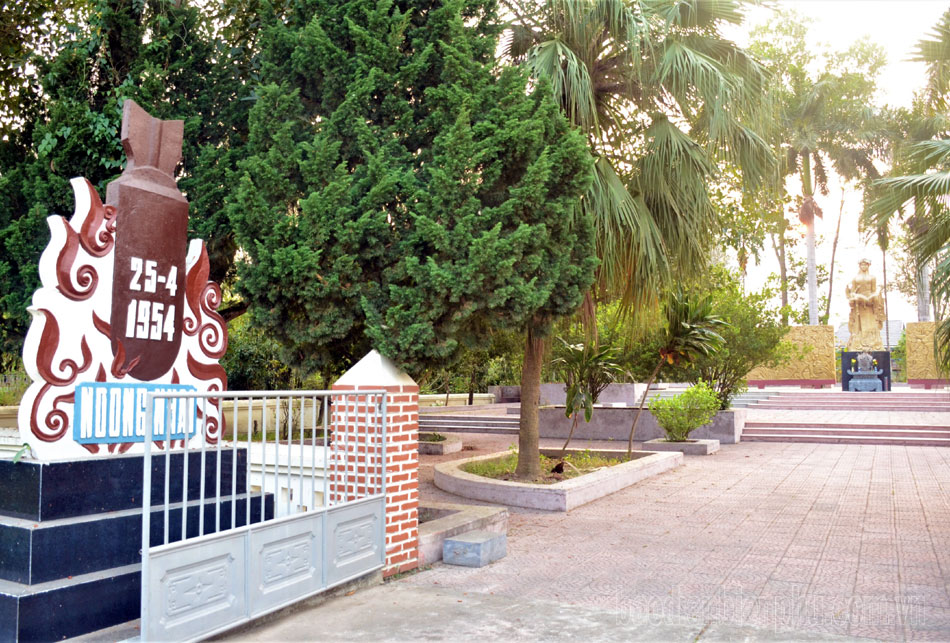
The painful afternoon
When the Dien Bien Phu campaign entered the second phase of our army's attack, the French Dien Bien Phu stronghold was surrounded and the danger of being destroyed was near. In their desperation, the invaders became even more inhumane.
Early afternoon on April 25, 1954, people in Noong Nhai concentration camp were present to bid farewell to an unfortunate relative. Four French planes flew in from the South, suddenly aimed at the crowd and dropped lethal bombs and napalm bombs.
“I heard a series of rumbling sounds, then thick smoke, and I couldn’t see anything around me. When I saw clearly, there were so many dead people, some burned, some writhing in pain. At that time, the survivors were scared and cowering, while others were running around looking for their relatives. Luckily, my younger brother was swimming in the nearby Nam Rom River at that time and was only injured in the leg, and my uncle was injured in the shoulder,” Mr. Lo Van Hac recounted.
In the book Dien Bien Phu Historical and Cultural Relics of the Dien Bien Phu Historical Victory Museum, published in 2014, there is also a quote from the memory of Mr. Lo Van Puon - the former Secretary of Lai Chau Provincial Party Committee (now Dien Bien), who was lucky to escape death in the bombing that day. He said: “At that time, we heard a series of deafening explosions. We ran over and saw Lo Thi Panh, her body covered in wounds, her clothes soaked in blood, writhing in the middle of a bomb crater. Fire was raging all around, and black smoke from the bombs covered the entire concentration camp. The survivors ran in chaos. Corpses were lying everywhere, many of them were burned beyond recognition by napalm bombs. It was not until late at night that people dared to come out to clean up and bury the dead...”
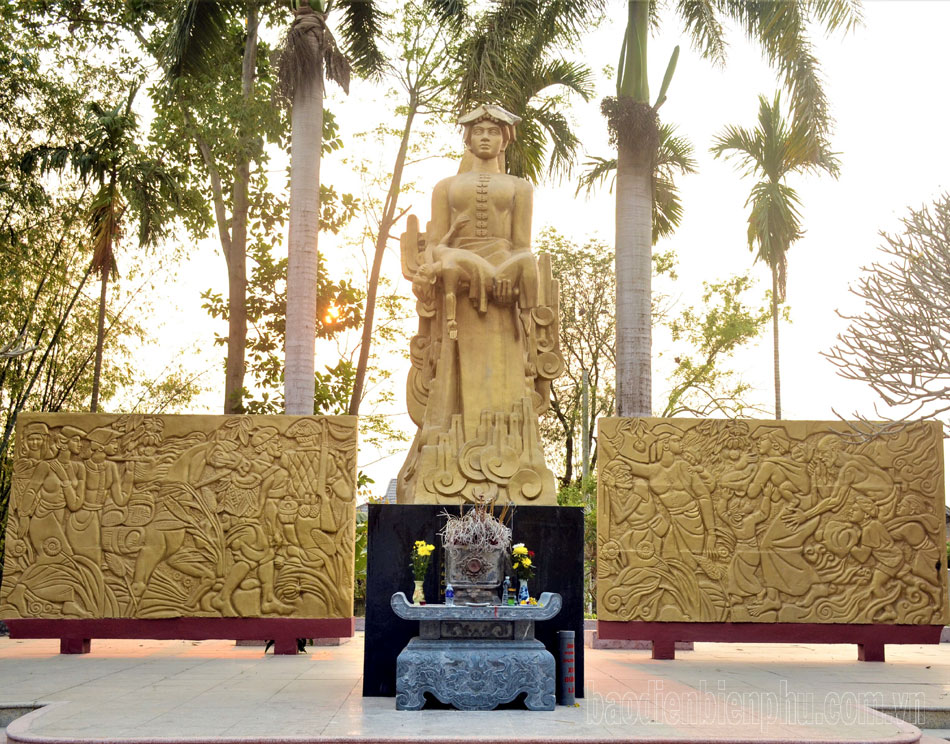
According to statistics, the massacre by French aircraft killed 444 people, mostly the elderly, women and children. Many families had no survivors, hundreds of people were injured, many were disabled for life. That inhuman act increased the hatred of the enemy of our army and people, giving them strength and determination to drive out the colonialists with a resounding victory on the afternoon of May 7, 1954, less than 2 weeks later.
Because of those losses, when the memorial house displaying evidence of the massacre was built, people called it by the popular name "Noong Nhai Hatred". The project was inaugurated in 1964 but in 1965 it was destroyed by American bombers. In 1984, the memorial was rebuilt right in the Noong Nhai village area, Thanh Xuong commune.
70 years have passed, the war wounds in Noong Nhai are still painful, but the people tell themselves to put aside their grief, focus on stabilizing their lives, and develop the economy. The villages of Thanh Xuong commune are increasingly prosperous, solid houses are built, the people's new lives are prosperous again, forming a new urban area on the historical land.
Lesson 2: Put aside pain, "grow flowers" to welcome the new day
Source


![[Photo] Human love in the flood in Hue](https://vphoto.vietnam.vn/thumb/1200x675/vietnam/resource/IMAGE/2025/10/29/1761740905727_4125427122470875256-2-jpg.webp)
![[Photo] Hue: Inside the kitchen that donates thousands of meals a day to people in flooded areas](https://vphoto.vietnam.vn/thumb/1200x675/vietnam/resource/IMAGE/2025/10/29/1761738508516_bepcomhue-jpg.webp)
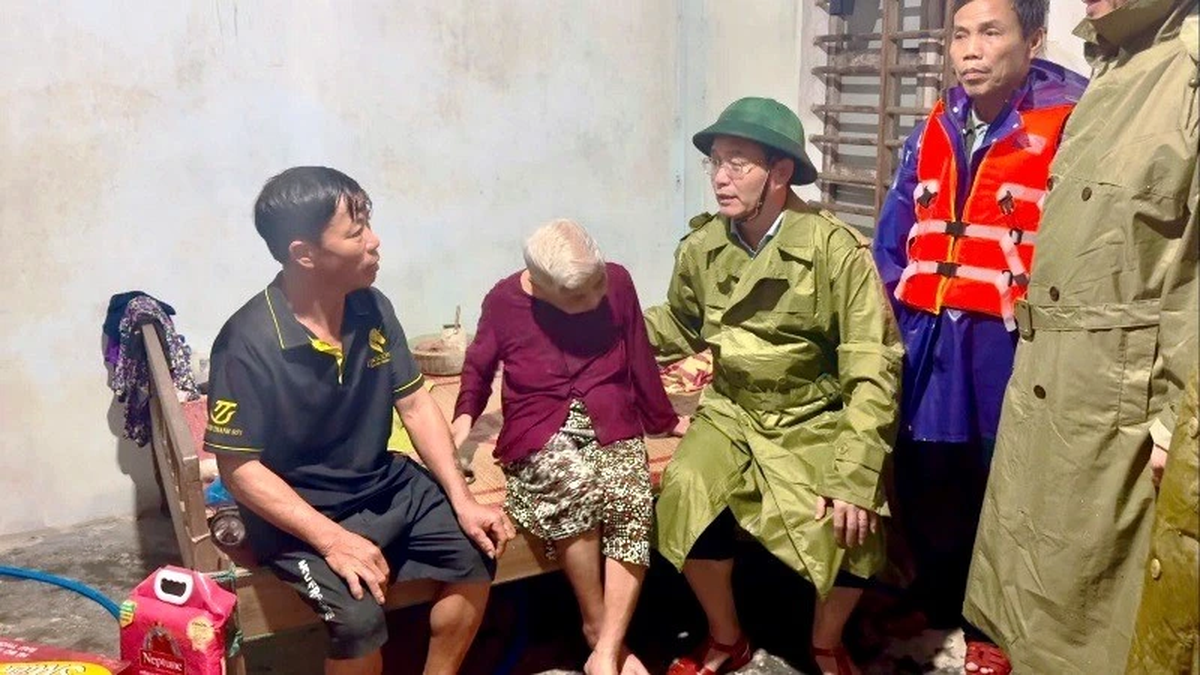
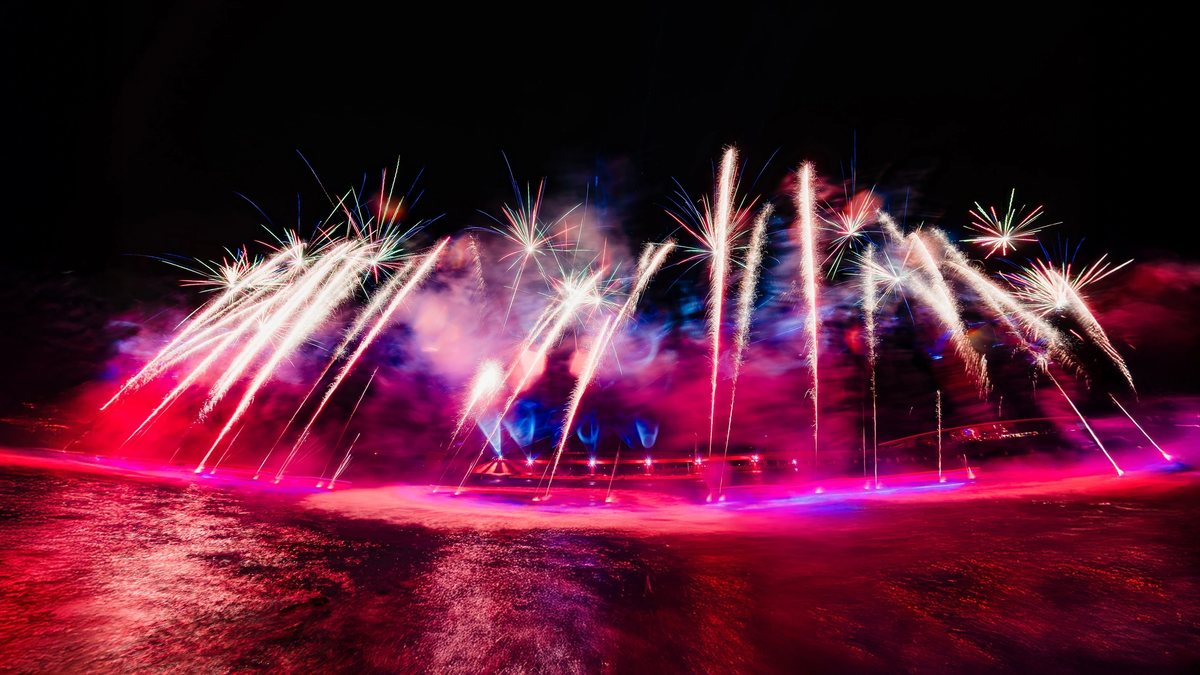

![[Photo] Prime Minister Pham Minh Chinh chaired a meeting to evaluate the operation of the two-level local government model.](https://vphoto.vietnam.vn/thumb/1200x675/vietnam/resource/IMAGE/2025/10/29/1761751710674_dsc-7999-jpg.webp)
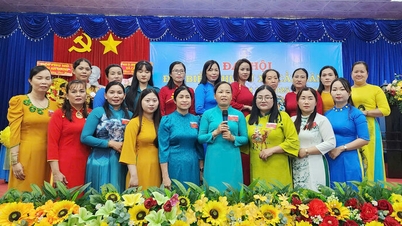



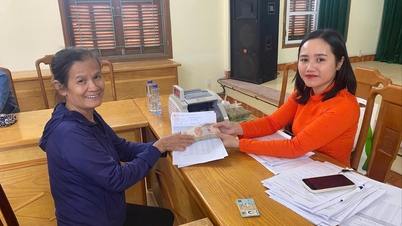

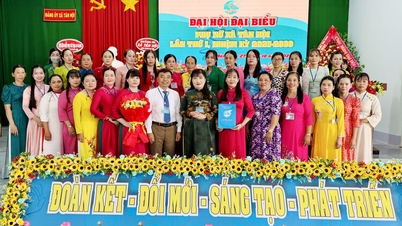
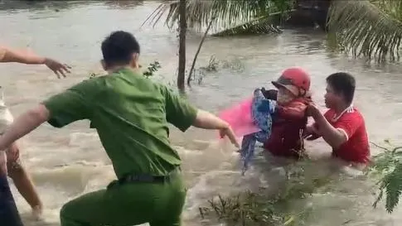

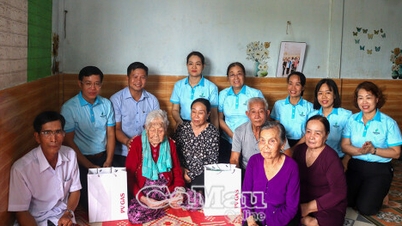



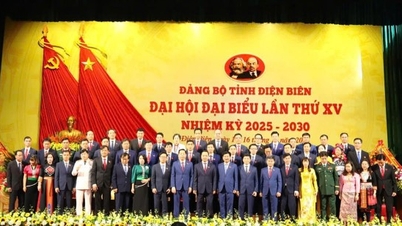

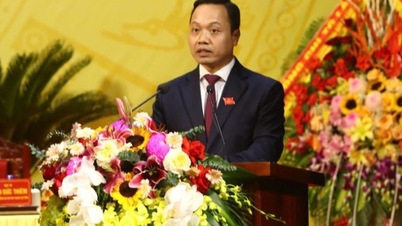
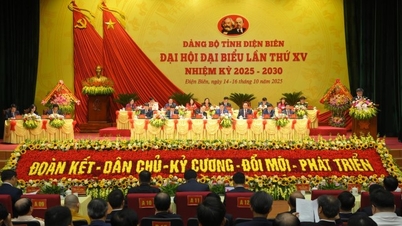

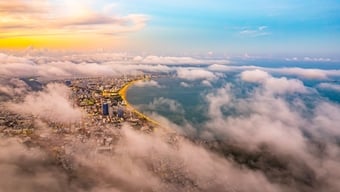
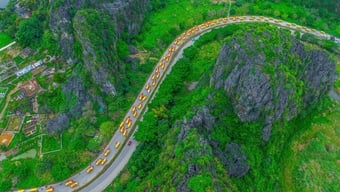

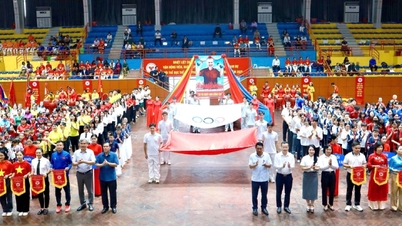
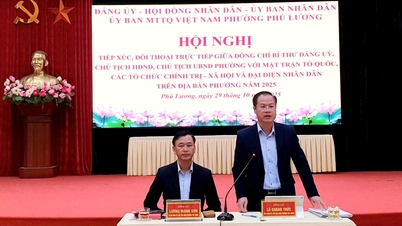
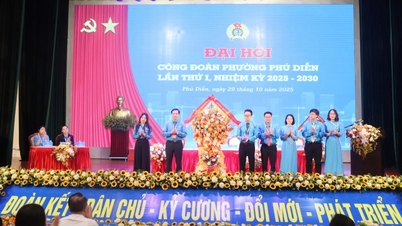
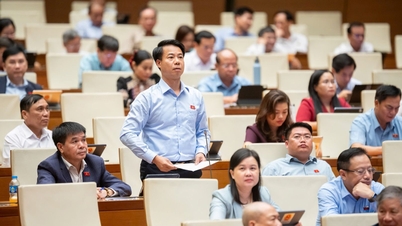
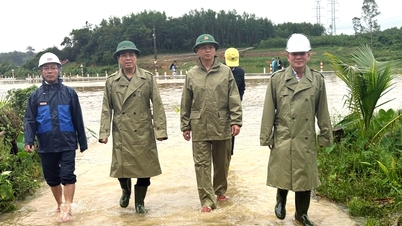

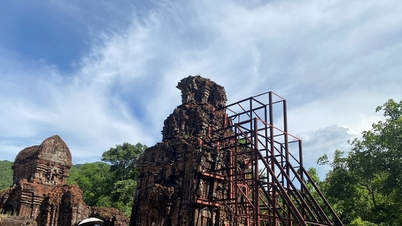





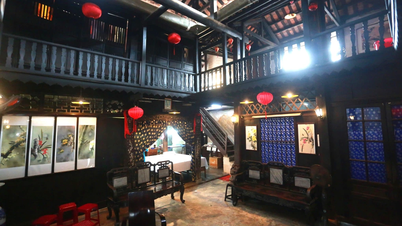

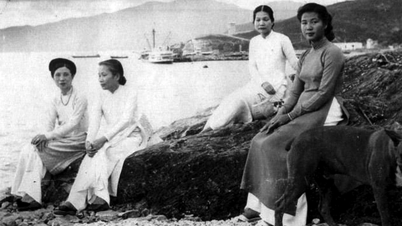


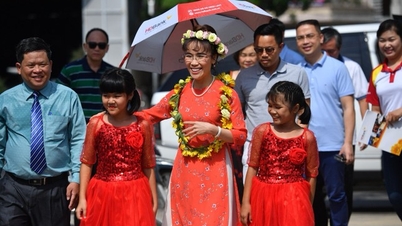

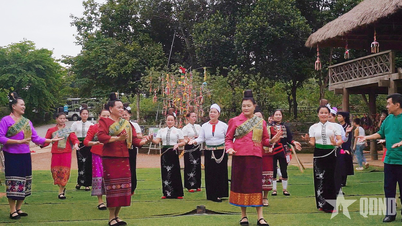

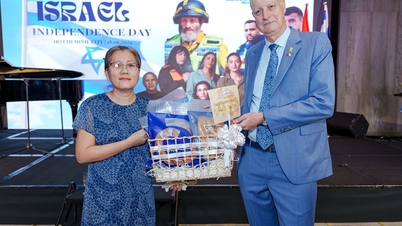

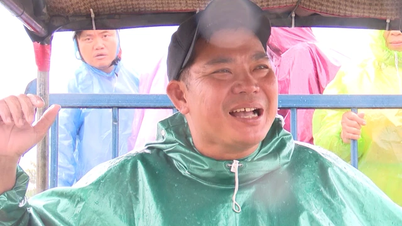
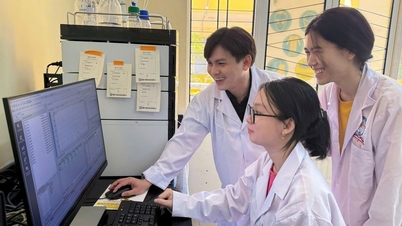

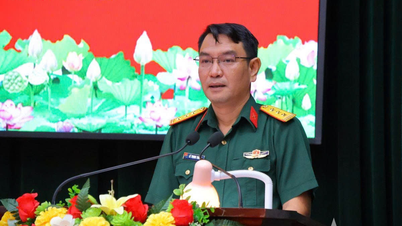
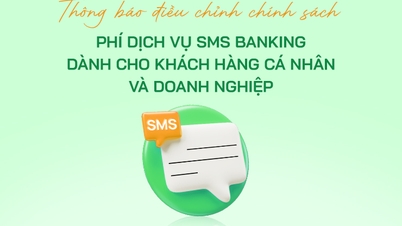
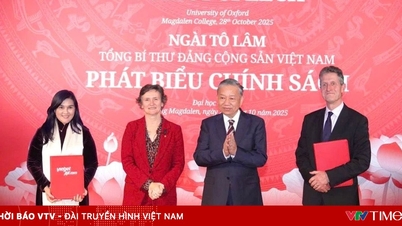

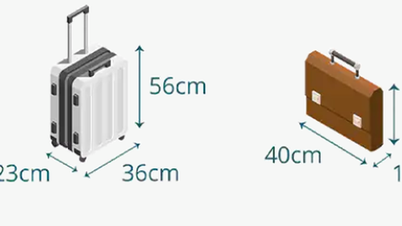




















![[Live] Concert Ha Long 2025: "Heritage Spirit - Brightening the Future"](https://vphoto.vietnam.vn/thumb/402x226/vietnam/resource/IMAGE/2025/10/29/1761743605124_g-anh-sang-am-thanh-hoanh-trang-cua-chuong-trinh-mang-den-trai-nghiem-dang-nho-cho-du-khach-22450328-17617424836781829598445-93-0-733-1024-crop-1761742492749383512980.jpeg)
























Comment (0)